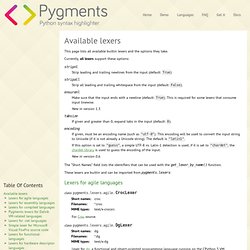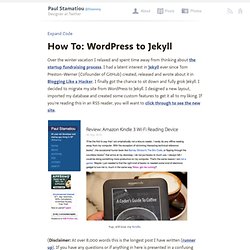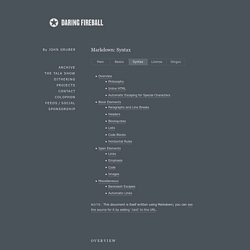

Python syntax highlighter. This page lists all available builtin lexers and the options they take.

Currently, all lexers support these options: stripnl Strip leading and trailing newlines from the input (default: True) stripall Strip all leading and trailing whitespace from the input (default: False). ensurenl Make sure that the input ends with a newline (default: True). Tabsize If given and greater than 0, expand tabs in the input (default: 0). encoding If given, must be an encoding name (such as "utf-8"). If this option is set to "guess", a simple UTF-8 vs.
The “Short Names” field lists the identifiers that can be used with the get_lexer_by_name() function. These lexers are builtin and can be imported from pygments.lexers: Lexers for agile languages¶ class pygments.lexers.agile.CrocLexer¶ For Croc source. class pygments.lexers.agile.DgLexer¶ Lexer for dg, a functional and object-oriented programming language running on the CPython 3 VM. New in Pygments 1.6. class pygments.lexers.agile.FactorLexer¶ Lexer for the Factor language.
WordPress to Jekyll. Over the winter vacation I relaxed and spent time away from thinking about the startup fundraising process.

I had a latent interest in Jekyll ever since Tom Preston-Werner (Cofounder of GitHub) created, released and wrote about it in Blogging Like a Hacker. I finally got the chance to sit down and fully grok Jekyll. I decided to migrate my site from WordPress to Jekyll. I designed a new layout, imported my database and created some custom features to get it all to my liking. If you're reading this in an RSS reader, you will want to click through to see the new site. (Disclaimer: At over 8,000 words this is the longest post I have written (runner up). Why the big move? Like any other hacker I just wanted to learn a new tool. I have been running this blog on WordPress for about 5.5 years.
I soon received enough traffic to kill the 2.5-inch hard drive in my Mac Mini, which had been hosting this blog in my Georgia Tech dorm. I am not leaving WordPress for any frustrations or problems. Markdown Syntax Documentation. Note: This document is itself written using Markdown; you can see the source for it by adding ‘.text’ to the URL.

Overview Philosophy Markdown is intended to be as easy-to-read and easy-to-write as is feasible. Readability, however, is emphasized above all else. A Markdown-formatted document should be publishable as-is, as plain text, without looking like it’s been marked up with tags or formatting instructions. To this end, Markdown’s syntax is comprised entirely of punctuation characters, which punctuation characters have been carefully chosen so as to look like what they mean. Inline HTML Markdown’s syntax is intended for one purpose: to be used as a format for writing for the web. Markdown is not a replacement for HTML, or even close to it. For any markup that is not covered by Markdown’s syntax, you simply use HTML itself. The only restrictions are that block-level HTML elements — e.g. For example, to add an HTML table to a Markdown article: This is a regular paragraph. © 4 < 5.